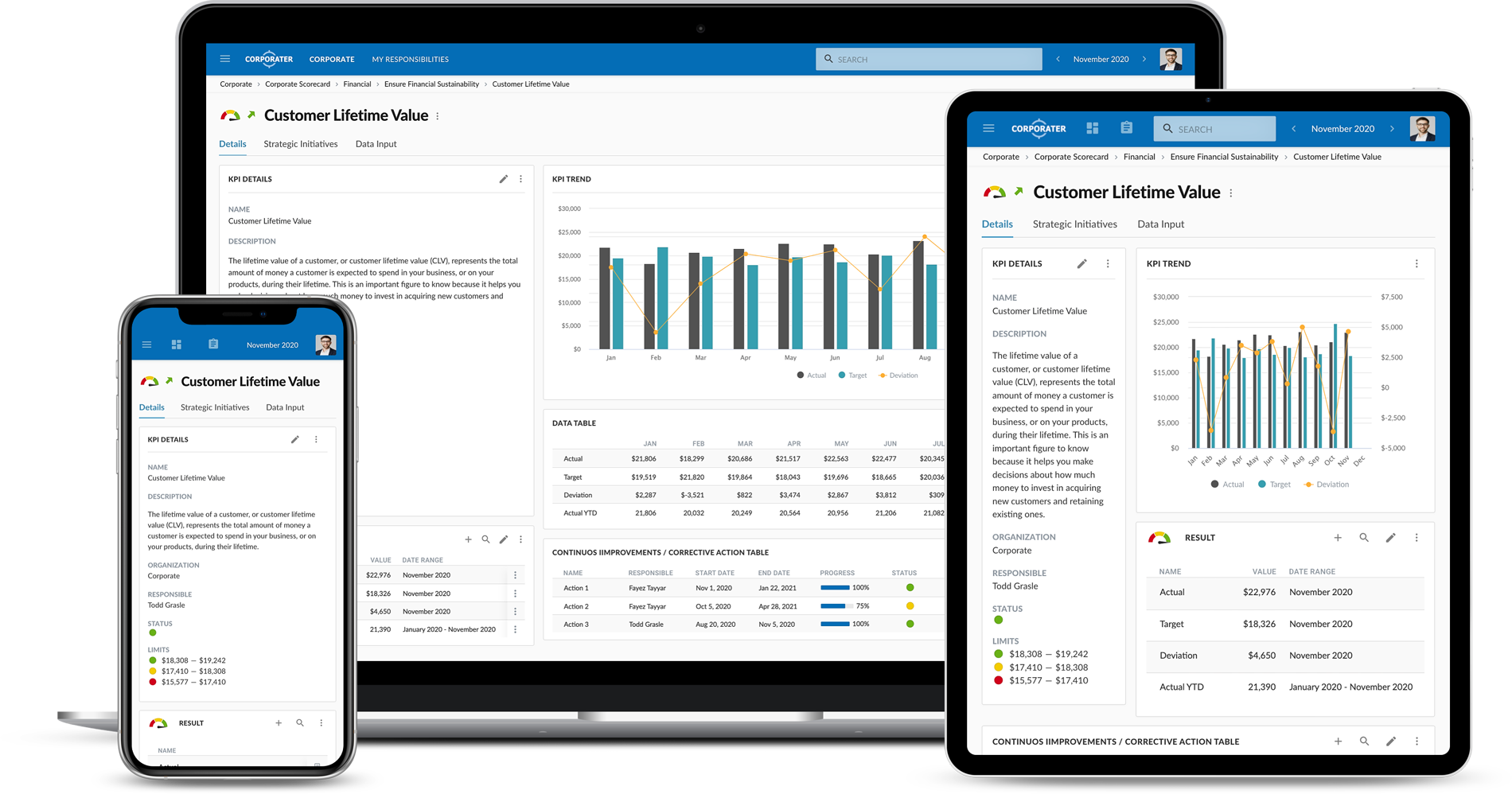Built-in Performance Optimizations
VortexDB includes a suite of performance-enhancing features designed to minimize latency and maximize throughput. This document covers automatic query caching, connection pooling, and other optimizations that make your applications fast by default.
Automatic Query Caching
VortexDB automatically caches the results of frequently executed queries in memory. This means that subsequent requests for the same data can be served instantly without re-executing the query, dramatically reducing response times.
How it Works
The cache uses a Least Recently Used (LRU) eviction policy. You can configure the cache size and TTL (Time to Live) for cached results to fine-tune performance for your specific workload.
Configuration and Best Practices
| Setting | Default | Recommended |
|---|---|---|
| Cache Size | 1GB | 2-4GB |
| TTL | 5 min | 15 min |
| Max Entries | 1000 | 5000 |
To optimize caching, consider the following:
- Cache Size: Adjust the cache size based on available memory and the working set of your data. A larger cache can store more results but consumes more memory.
- TTL (Time to Live): Set an appropriate TTL for cached entries. For frequently changing data, a shorter TTL ensures data freshness. For static data, a longer TTL improves hit rates.
- Query Patterns: Caching is most effective for read-heavy workloads with repetitive queries. Avoid caching highly dynamic or unique queries.
Connection Pooling
Establishing new database connections is an expensive operation. VortexDB maintains a pool of ready-to-use connections, eliminating the overhead of creating a new connection for each request. This is crucial for applications with high concurrency.

Configuration
- Maximum Connections: Define the maximum number of connections in the pool. This prevents resource exhaustion and ensures stable performance under heavy load.
- Idle Timeout: Configure the timeout for idle connections. Connections that remain unused for this duration are closed and returned to the pool, freeing up resources.
- Connection Validation: Implement connection validation to ensure that connections retrieved from the pool are still active and usable before being handed to an application.
Benefits of Connection Pooling
- Reduced Latency: Eliminates the overhead of establishing new connections for each request.
- Improved Throughput: Allows more concurrent requests to be processed efficiently.
- Resource Management: Prevents the database from being overwhelmed by too many open connections.

